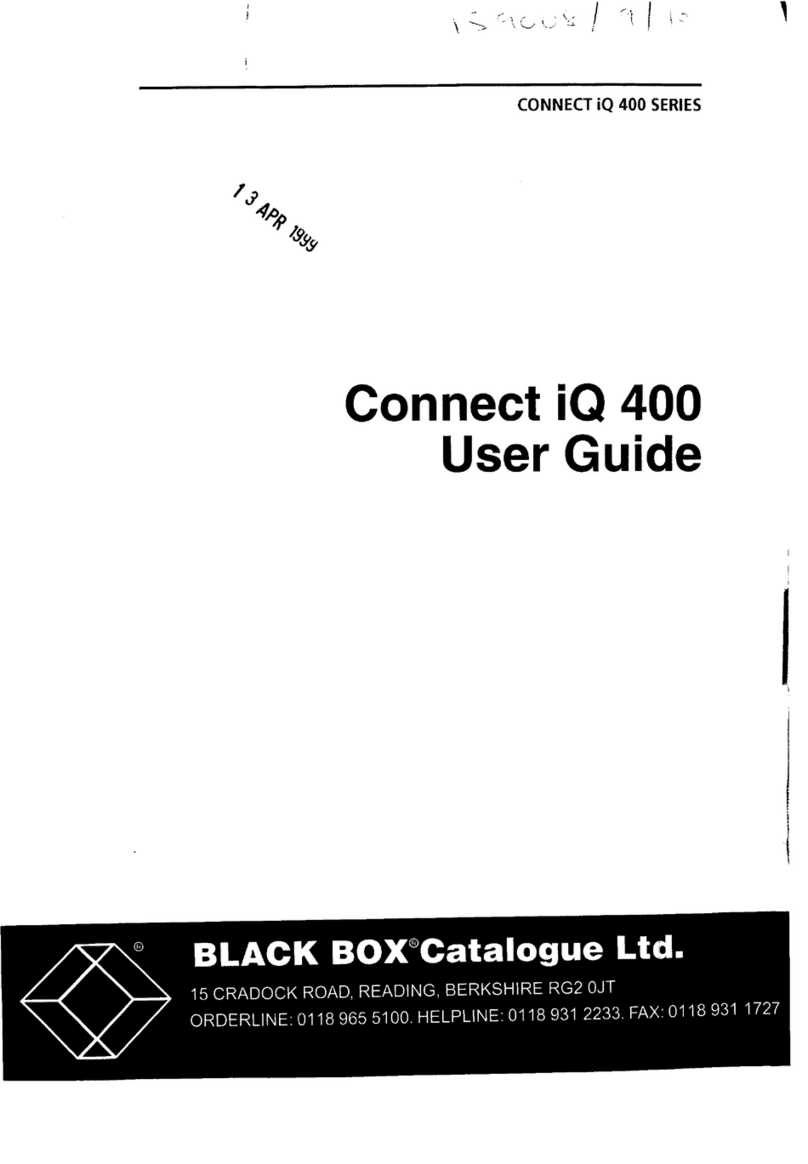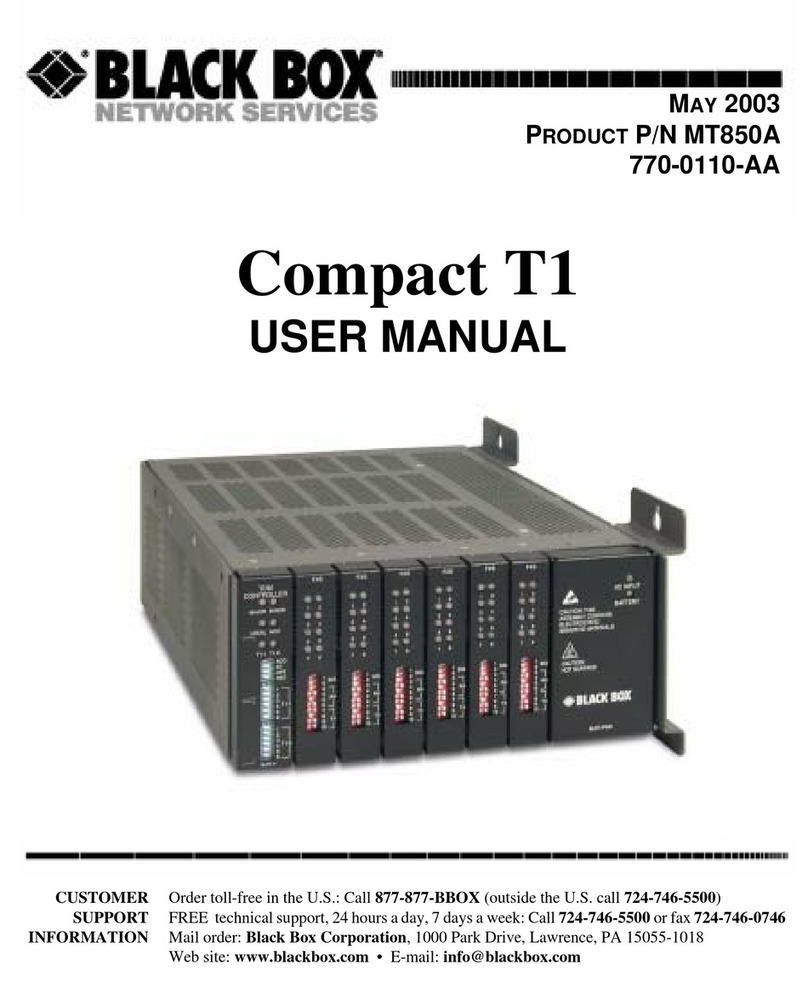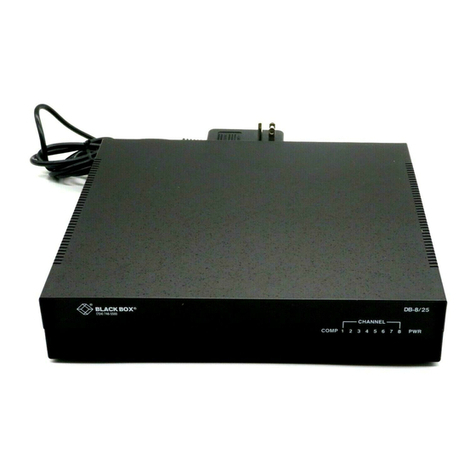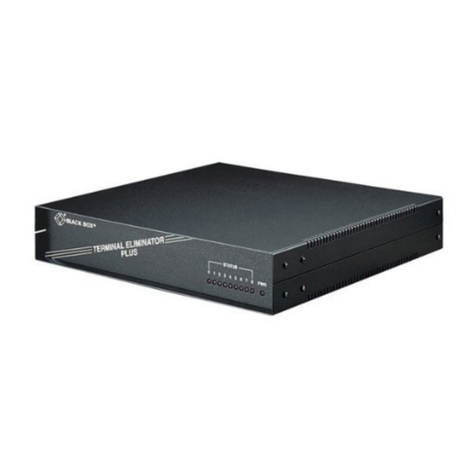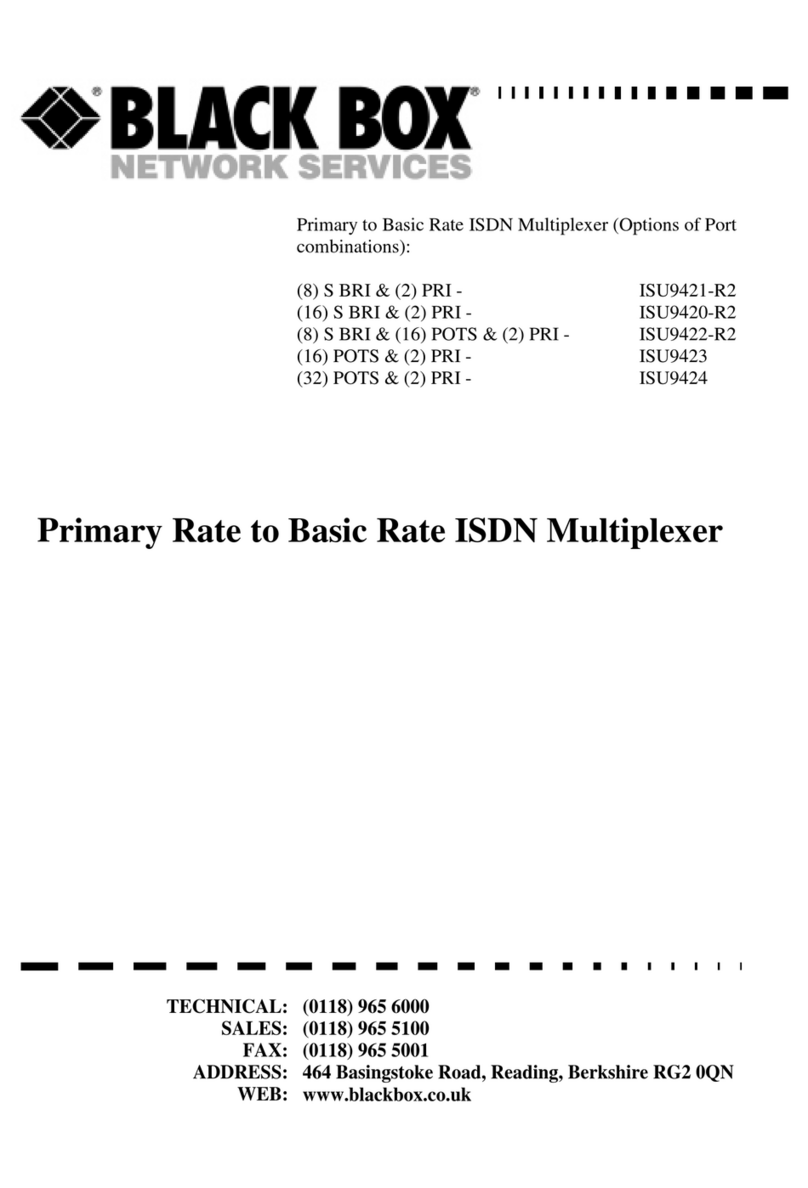5
Chapter Page
7. Using the ISDN TA/V..........................................................................32
7.1 Dialing Via the Communication Software Menu ............................32
7.2 Monitoring the Call...........................................................................32
7.3 During the Call..................................................................................33
7.4 Logging On to the Remote Computer ............................................33
7.5 Initiating a File Transfer...................................................................33
7.6 Logging Off and Clearing the Call ..................................................33
7.7 Receiving Incoming Calls .................................................................34
7.7.1 Auto-Answering .......................................................................35
7.8 Where to Go From Here...................................................................35
8. Troubleshooting.........................................................................................36
9. Regulatory Information.............................................................................39
Introduction to the Reference Section.........................................................41
10. Principles of Data Communication ........................................................43
10.1 How the ISDN TA/V Works ...........................................................43
10.1.1 Controling the ISDN TA/V ..................................................43
10.1.2 Error Correction ...................................................................44
10.1.3 Data Compression .................................................................44
10.1.4 Flow Control ..........................................................................45
10.1.5 Line Transmission Speed......................................................46
10.1.6 V.110 Rate Adaption .............................................................46
10.2 File Transfer Protocols....................................................................46
10.3 Terminal Emulation........................................................................47
11. Commanding the ISDN TA/V............................................................48
11.1 Via Communication Software Commands ....................................48
11.2 Via Intro Software Menu Selections................................................49
11.3 Using AT Commands......................................................................50
11.4 AT Command Rules........................................................................50
11.4.1 Formatting Command Lines ................................................51
11.4.2 Combining Commands.........................................................52
11.4.3 Waiting for a Response .........................................................52
11.4.4 Editing a Command Line .....................................................53
11.4.5 Repeating a Command Line ................................................53
11.5 Interrupting Data Traffic to Issue AT Commands........................53
12. ISDN TA/V Configurations ...............................................................55
12.1 Factory Configurations ...................................................................55
12.2 Selecting Which Configuration is Active .......................................56
12.3 Viewing Parameter Settings of the Active Configuration .............58
12.4 Creating a User-Defined Configuration ........................................59
12.5 Saving Configurations to the Power-Up Location.........................60
Table of Contents

